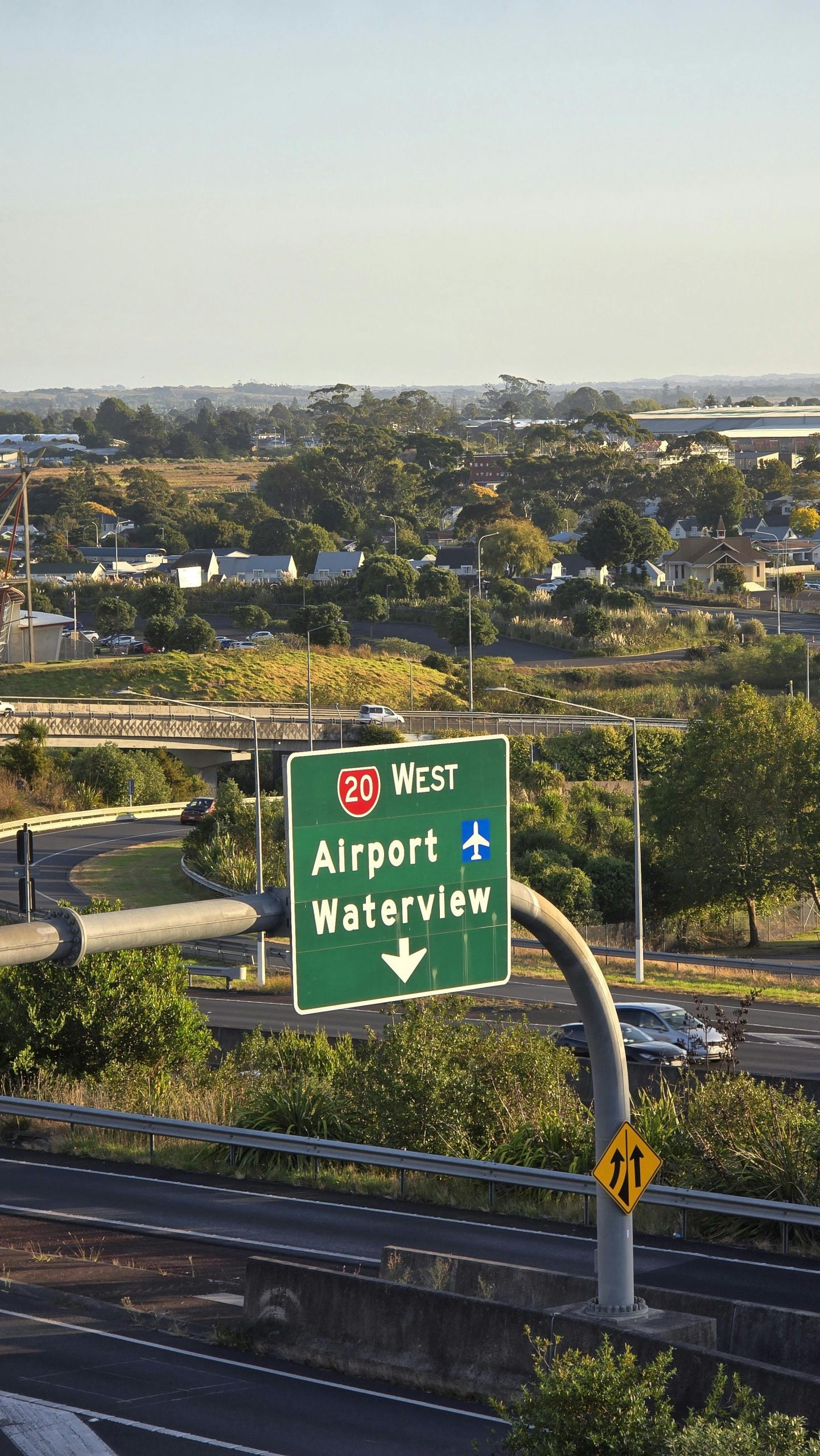Evaluating the Use of License Plate Tracking for Insurance Claims: A Case Study
Dealing with unexpected road hazards can be stressful, especially when it involves property damage. Recently, I encountered an incident while driving on a California highway: a traffic cone dislodged from a passing truck and struck the front of my vehicle, causing noticeable damage.
Fortunately, I was able to record the incident with my dashcam. The footage captured the license plate number of the truck responsible. I promptly reported this information to my insurance provider. However, they encountered a challenge—they couldn’t retrieve the vehicle’s VIN directly from the license plate using their current resources. To assist, I utilized various online tools to identify and provide the VIN, aiming to streamline the claims process.
This experience raises an important question: Can insurance companies or claims adjusters determine the at-fault party’s insurance coverage solely based on the license plate number? It appears that while license plates are publicly accessible, linking them to comprehensive insurance details may require specific databases or official channels. Insurance companies often have access to certain registries, but this may vary by state and circumstances.
For those facing similar situations, it’s advisable to provide as much identifying information as possible, including dashcam footage, photos of the damage, and any witness statements. Taking proactive steps can help ensure your claims proceed smoothly and may increase the likelihood of recovering damages through the responsible party’s insurance coverage, avoiding out-of-pocket expenses.
If you’ve experienced similar road incidents involving temporary roadside hazards or property damage, sharing insights or tips can be valuable. Being informed about the procedures and resources available can make navigating such incidents less daunting.



